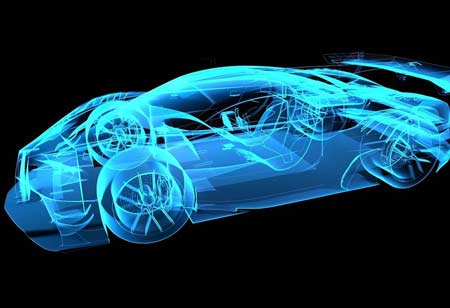To power advancements in autonomous vehicles, technology providers and automakers consider challenges such as sensor degradation, collaboration on industry standards, and maintenance/service of the software's cybersecurity defenses over the vehicle's lifespan
Fremont, CA: Keeping up with the rapid pace of sensor and data development is one of the most challenging challenges for automakers and OEMs. For vehicle systems to meet design specifications, sensors must provide the required level of data fidelity.
Sensor Degradation Issues
Sensor degradation is another aspect of the ever-changing sensor landscape. Sensor degradation is an unavoidable part of the autonomous vehicle equation, especially given that today's average vehicle lifespan is 10 to 15 years. The most common causes of sensor degradation are general wear and tear, harsh operating environments, and degradation of other electronic system elements.
Automakers and technology providers will need to factor in the ability of installed sensors for functions such as LiDAR, cameras, ultrasound, and so on to perform at the same, if not higher, level than when the vehicle was new for the duration of the vehicle's expected lifespan. They'll also have to explain what happens if the sensor starts to fail (i.e., how to alert the driver, build in safety features, etc.). To combat degradation, OEMs must model and design semiconductors and other vehicle components to create predictive failure rates and alternatives in various environments.
Check Out This : Auto Business Outlook
Concerns about Cybersecurity
When it comes to ensuring the security of autonomous vehicle sensors, several factors must be considered. First, of course, hacking into an autonomous vehicle is always a concern that should be addressed. Still, another less obvious security factor is attackers manipulating the machine-learning technology embedded in the car to react maliciously.
See Also : Semiconductor Review

 Copyright © 2025 AutoTech Outlook. All Rights Reserved | Privacy Policy | Subscribe | Sitemap | About us | Feedback Policy | Editorial Policy
Copyright © 2025 AutoTech Outlook. All Rights Reserved | Privacy Policy | Subscribe | Sitemap | About us | Feedback Policy | Editorial Policy